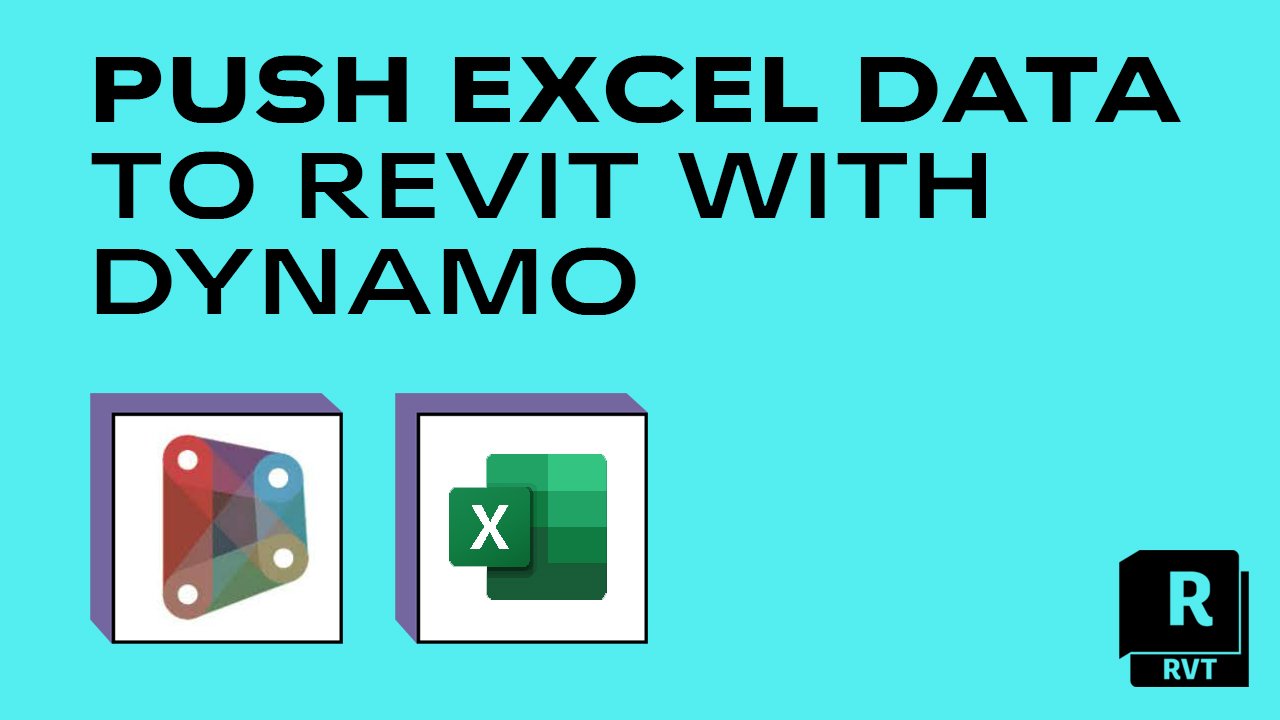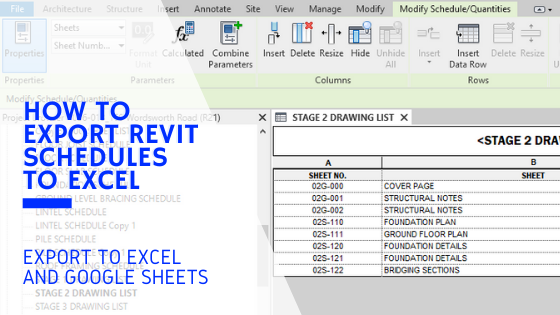Revit Excel Combination Demystified: Simplifying Workflows for Boosted Job Sychronisation
Look no additionally, since Revit Excel Combination is below to debunk the process and enhance your projects. In this write-up, we will certainly guide you through the significance of Revit Excel Integration, reveal you exactly how to simplify process, and supply finest methods for successful combination.
The Significance of Revit Excel Integration
You need to comprehend the significance of Revit Excel assimilation to effectively simplify your process and boost job sychronisation. The assimilation of Revit, a powerful building information modeling (BIM) software application, with Excel, an extensively utilized spread sheet program, offers numerous benefits for architects, designers, and building professionals.

By incorporating Revit with Excel, you can get rid of hands-on data entry and reduce the threat of mistakes. This not only conserves time yet likewise guarantees accuracy in your project documents. You can update information in Excel, and it will immediately upgrade in Revit, maintaining uniformity throughout your job.
Furthermore, Revit Excel combination improves project coordination by making it possible for reliable partnership amongst staff member. With information synchronized in between Revit and Excel, every person can access one of the most current details and work together perfectly. This advertises smoother interaction, lowers problems, and enhances general project efficiency.
Exactly How to Enhance Workflows With Revit Excel Integration
Maximize your process by flawlessly connecting Revit and Excel to simplify your process. By incorporating these 2 effective devices, you can improve job sychronisation and enhance efficiency in your job. With Revit Excel integration, you can conveniently transfer data between both systems, permitting for seamless communication and partnership.

One more benefit of Revit Excel integration is the capacity to create custom-made reports and evaluate information better. With Excel's robust functions, you can execute sophisticated estimations, create charts and charts, and produce thorough reports based on the data from your Revit versions. This enables you to get useful understandings and make educated decisions throughout the job.
Enhancing Job Control With Revit Excel Integration
By effortlessly attaching your layout software with powerful information evaluation devices, you can greatly enhance the sychronisation of your jobs. Revit Excel assimilation permits you to simplify your workflows and improve project sychronisation by getting rid of hands-on data entrance and lowering mistakes. With this assimilation, you can conveniently move information in between Revit and Excel, making certain that all task details depends on day and exact.
Among the vital advantages of Revit Excel assimilation is the capacity to import and export information between both software application effortlessly. This indicates that you can quickly import existing job data from Excel into Revit, you can check here conserving you effort and time in coming back info. You can export task information from Revit to Excel, allowing you to perform innovative evaluation and computations using the effective attributes of Excel.
Moreover, Revit Excel integration enables you to develop dynamic links in between both software (revit plugins). This means that any kind of modifications made in Revit will automatically upgrade in Excel, and vice versa. This ensures that all task stakeholders are working with the most updated information, boosting job coordination and lowering the danger of errors
Conquering Difficulties in Revit Excel Integration
When conquering obstacles in the integration of Revit and Excel, it's crucial to ensure seamless information transfer and decrease errors. One typical obstacle is the compatibility of data styles in between Revit and Excel.
Another challenge is the absence of synchronization in between Revit and Excel. It's essential to establish a clear operations that review ensures both systems are updated in real-time. This can be attained by using cloud-based partnership devices or establishing a system for normal information syncing.
Handling big datasets can additionally be bothersome. Revit and Excel have different abilities when it pertains to taking care of large amounts of data. To conquer this obstacle, you can divide the information right into smaller sized, manageable chunks or use data filtering techniques to concentrate on particular areas of interest.
Lastly, human error can result in inconsistencies between Revit and Excel data. It is necessary to train employee on the integration procedure and develop quality assurance measures to capture any kind of mistakes. Routine audits and cross-checks can assist determine and correct any disparities.
Best Practices for Effective Revit Excel Assimilation
To guarantee effective integration of Revit and Excel, it's vital to follow some ideal practices that will aid improve your operations and minimize mistakes. In addition, when linking Excel information right into Revit, guarantee that the information is tidy and totally free from any type of format issues that could trigger mistakes.
Another crucial technique is to on a regular basis upgrade your Excel data in Revit. This can be quickly attained by developing a clear procedure for updating the linked data. Make it a behavior to review and upgrade the information at routine intervals, especially when adjustments are made to the job. This will certainly help keep your data precise and up to date.

Verdict
So, there you have it - revit Excel combination doesn't have to be a challenging task. With revit Excel assimilation demystified, you'll be well on your way to maximizing the possibility of these devices and taking your projects to brand-new elevations.
You can export your Revit schedules to Excel, make adjustments or updates in Excel, and after that import the updated information back into Revit with simply a few clicks. Revit Excel assimilation enables you to streamline your operations and enhance project sychronisation by eliminating hand-operated data entry and minimizing errors. With this assimilation, you link can quickly move data in between Revit and Excel, ensuring that all project details is up to date and exact.
You can export job information from Revit to Excel, enabling you to execute sophisticated evaluation and computations making use of the powerful attributes of Excel.
Additionally, when connecting Excel information into Revit, make certain that the data is complimentary and tidy from any type of format issues that might create errors.